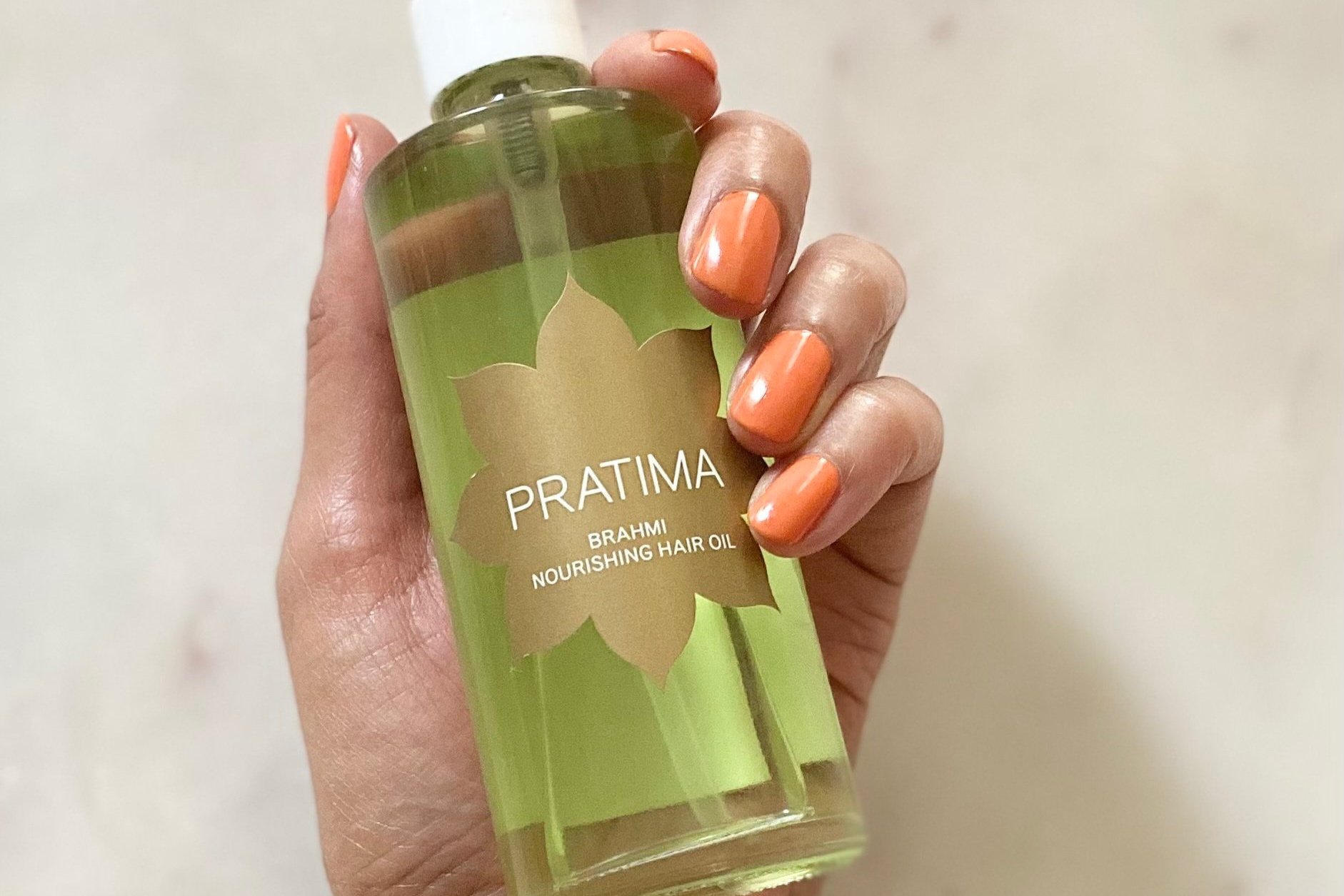Six Ways to Ease Anxiety
We pile our plates high with goals to accomplish and people to see. Then we start feeling anxious about how we’re going to get done everything we signed up for. Anxiety is one of the most unpleasant feelings anyone can feel. Our cognitive and behavioral actions get jumbled under emotional distress, which interferes with getting things done properly. There are a bunch of reasons that cause anxiety, but the nucleus of it is fear and a decreased ability to cope with stress. Fear of failure, rejection, and harm can derive from perfectionism or past experiences. Here are six ways to reduce anxiety felt during hectic stressful times.
Breathe Right
“Breathe” is usually the first prescription for an emotionally driven episode. But how often does that help and for how long? Breathing helps cognitive function, but it needs to be done right for lasting effects. Pranayama like alternate nostril breathing is a go-to for anxiety-prone Vata types, but is helpful to ease anyone’s mind. Nine breaths to 2 minutes of breathing can re-set the thought process from worry to calm, lower heart rate, and improve memory. Also, doing this when anxious thinking hits can help pinpoint triggering thoughts.
Sit and Shut Up
Sometimes quiet time is the best thing to ease fears. This is part of the meditative process. We cannot shut out the noises we cannot control, the noises on the outside. But, we condition ourselves to tune them out and focus on what is important at that moment. So, let yourself gently shut up by not worrying about the tasks, deadlines, complaints, etc. for just a few minutes.
Read Something Fun
Fun is defined on an individual level, so determine personal triggers. For example, staying away from political reads and moving toward Paul Newman’s Memoir or Dave Grohl’s Stories may put life into perspective. Or just peruse through a magazine, like The Breakdown, to see what the latest fun stuff is up with science and culture. Just don’t add this to the “must read” list for the month or year because that is another task that causes stress and anxiety.
Exercise
Moving even for just a few minutes releases tension. Exercise helps improves RNA methylation in the prefrontal cortex, which is an epigenetic mechanism of genetic modification. This helps synaptic transmission, which alleviates mood disorders like anxiety and depression. It also improves cognitive function and lowers stress and anxiety.
Shirodhara
Anxiety increases fight-or-flight hormones like norepinephrine. Warm oil on the forehead does wonders to decrease nervousness and increase focus. A compress of a folded towel with warm sesame oil works in place of the typical oil stream. Ten minutes to 1 hour eases the prefrontal cortex where the accumulated effects of stress and anxiety can lead to impairments like dementia and emotional imbalances. It also improves sleep and lowers norepinephrine, thus reducing high blood pressure.
Create
Meditative art therapy correlates with increased and decreased activity in the prefrontal cortex and amygdala, respectfully. This means that decision-making improves as fear diminishes. Drawing, coloring or painting can be a great release and it doesn’t need to be good so get abstract and colorful. I’ve been using this method since I was in the 4th grade: Start with a random line or squiggle, add on to it until a creature is seen, and finish off with colors and details (see photo above). Even breaking out the Play-Doh while at the desk helps calm a frazzled mood. Creativity can help solve other problems and clarify immediate goals.
Bottom Line
It is hardest to come out of the fog when we are in the thick of it. Everyone has anecdotes and their effectiveness varies. A lot of the time the problem is going half in to the suggested anti-anxiety method. Unlike unmanaged anxiety that can cause gastrointestinal, inflammatory and sleep disorders, trying these methods can’t hurt. Try one or a combination of these above methods with full intention. Or most intention. The point of these activities is to be mindful by letting go and having fun. It would be counterproductive to take any of these too seriously by setting yet more goals or benchmarks. These stressors and anxiety triggers are transient events, so decentering should take priority instead of more measures.














